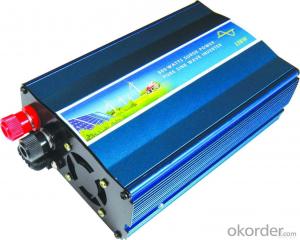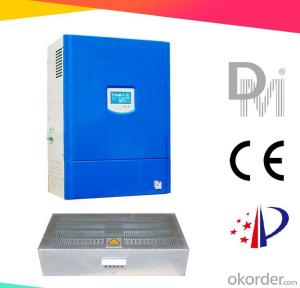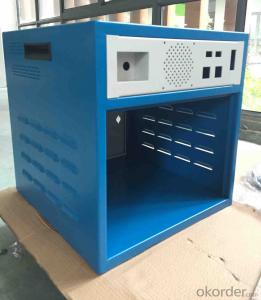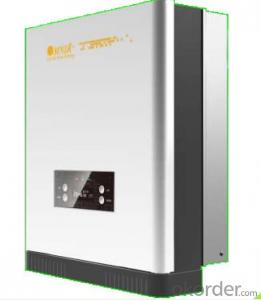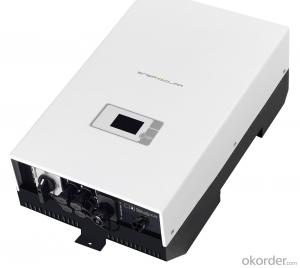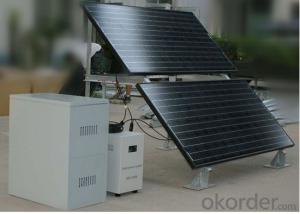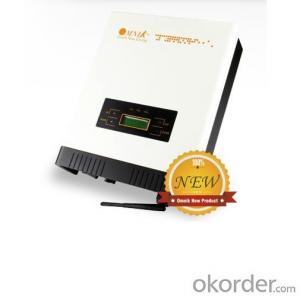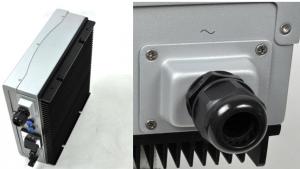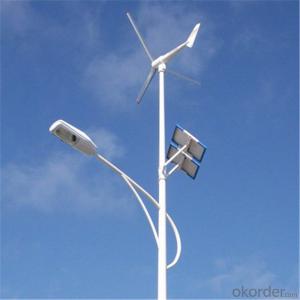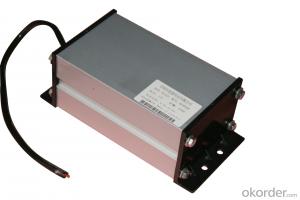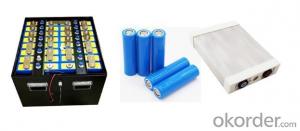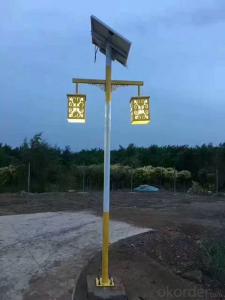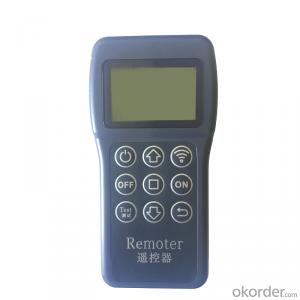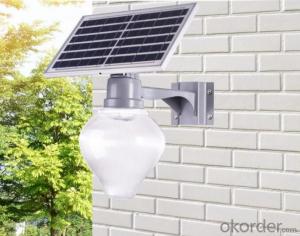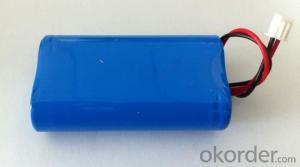2kva Off Grid Solar Inverter
2kva Off Grid Solar Inverter Related Searches
2kw Off Grid Solar Inverter 2kva Solar Inverter 2kv Solar Inverter 2 Kv Solar Inverter 2 Kva Solar Inverter 2kva Solar Hybrid Inverter 2kw Solar Inverter 1kw Off Grid Solar Inverter Inverter Solar Off Grid 2kw Inverter Solar Solar 2kw Inverter Off Grid Inverter Solar 5kw Off Grid Solar Inverter Off Grid Solar Power Inverter Solar Inverter Off Grid 4kw Off Grid Solar Inverter 6kw Off Grid Solar Inverter Off Grid Hybrid Solar Inverter Inverter For Off Grid Solar Solar Power Inverter Off Grid Solar Off Grid Inverter On Off Grid Solar Inverter 3kw Off Grid Solar Inverter Off Grid Solar Hybrid Inverter 2kw Solar Hybrid Inverter 2kw Hybrid Solar Inverter 2 Kilowatt Solar Inverter 2kva Solar Inverter Price Off Grid Solar System Inverter Solar Inverter 2kva Price2kva Off Grid Solar Inverter Supplier & Manufacturer from China
The 2kva Off Grid Solar Inverter is a high-performance product designed to convert solar energy into usable electricity for various applications. This inverter is equipped with advanced features such as maximum power point tracking (MPPT) and multiple charging modes, ensuring efficient energy conversion and optimal performance. The 2kva Off Grid Solar Inverter is widely used in residential, commercial, and industrial settings, where it serves as a reliable source of power for lighting, appliances, and other electrical devices. It is particularly beneficial in off-grid locations or during power outages, providing a stable and eco-friendly alternative to traditional energy sources.The 2kva Off Grid Solar Inverter is increasingly being adopted in various usage scenarios, such as remote homes, small businesses, and off-grid communities, where it helps to reduce reliance on fossil fuels and lower energy costs. Its compact design and user-friendly interface make it an ideal choice for those seeking a hassle-free and efficient solar power solution. The inverter's ability to handle different types of solar panels and batteries further enhances its versatility, making it a popular choice among solar power enthusiasts and professionals alike.
Okorder.com is a leading wholesale supplier of the 2kva Off Grid Solar Inverter, boasting a large inventory that caters to the diverse needs of customers worldwide. With a commitment to quality and customer satisfaction, Okorder.com ensures that each 2kva Off Grid Solar Inverter is thoroughly tested and inspected before being shipped to its final destination. This rigorous process guarantees that customers receive a reliable and high-quality product that meets their specific requirements. By partnering with Okorder.com, customers can enjoy competitive prices, fast shipping, and excellent customer support, making the process of acquiring a 2kva Off Grid Solar Inverter both convenient and hassle-free.
Hot Products





